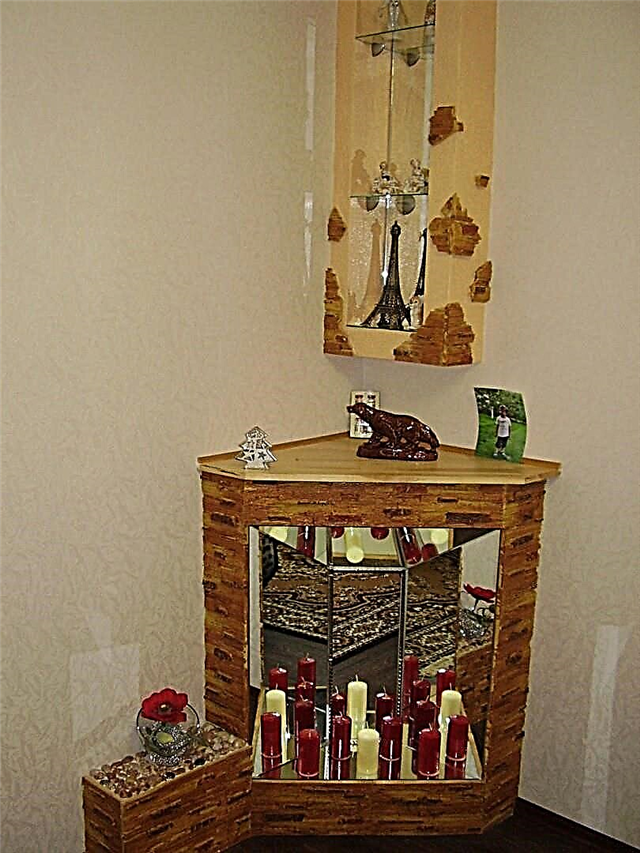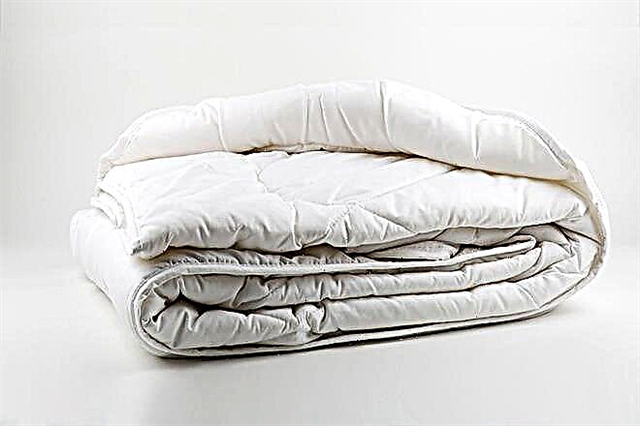
Quality and healthy sleep is very important for the human body. During sleep, physical forces are replenished, new neural connections are formed, and tissue regeneration also occurs. In a dream, a third of our lives pass, so the way we sleep is of great importance.
An integral part of a comfortable stay is a properly sized blanket that is neither cold in winter nor hot in summer. He needs to completely cover the body of the sleeping person and it should not hang on the floor. One of the most common types is a one and a half bed blanket. It is suitable for single, double and baby beds.
Sizes of a 1.5 sleeping blanket: standard
It would seem easy to estimate the size of such a blanket, because the dimensions are logically determined from the name itself. But in fact, this particular type of bedding is very in demand and has many different options, which is definitely worth considering when buying. Width and length are measured in centimeters (cm). So what is the standard size of a half blanket?
This standard is applicable for both adult and children / teenagers. On sale you can also find products with dimensions of 140x200, 142x205, 143x205, 145x200 and 145x215 centimeters.
Euro one and a half A little more: width 150-160, length 200-220 cm.
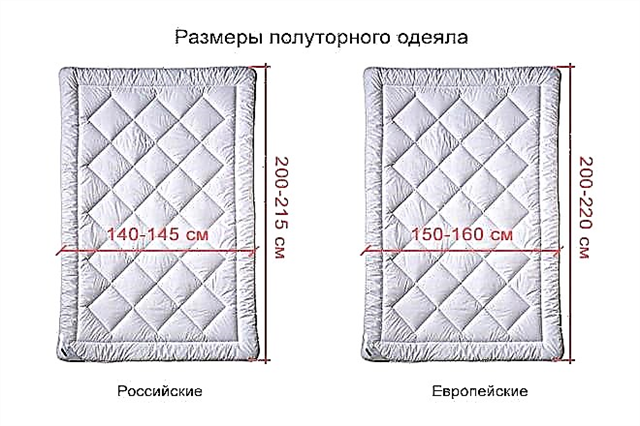
The size of one and a half bed blanket allows using it on single children and one and half beds, mainly for one person. It is also popular to purchase these models for a double bed, so that each spouse can sleep under a separate blanket. This is convenient for couples who have different sleeping habits. There is even a separate type of bedding sets - family (aka “duet”), in which there are two one and a half duvet covers.

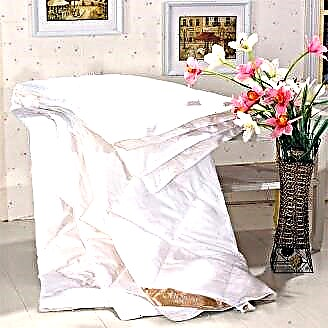
One and a half duvet cover
The size of one and a half blankets and duvet covers, both length and width, should be in harmony with each other. It is important that the blanket in it does not hang out and does not stray into one corner, and also that it is not crowded and does not form folds and tubercles.
When buying, be guided by the standard sizes of your blanket, this will help determine the appropriate duvet cover. It can be purchased separately or as part of the bedding set.
To choose the right duvet cover, you must follow the rule: its size should be with a small margin, as a rule, 5-7 cm larger than the blanket. Ideally, there should be a couple of free centimeters on each side.
Keep in mind that you need less stock for a thin blanket, and a little more for a thick one. With this approach, the blanket is easily and uniformly tucked into bed linen and you will enjoy hiding behind it.
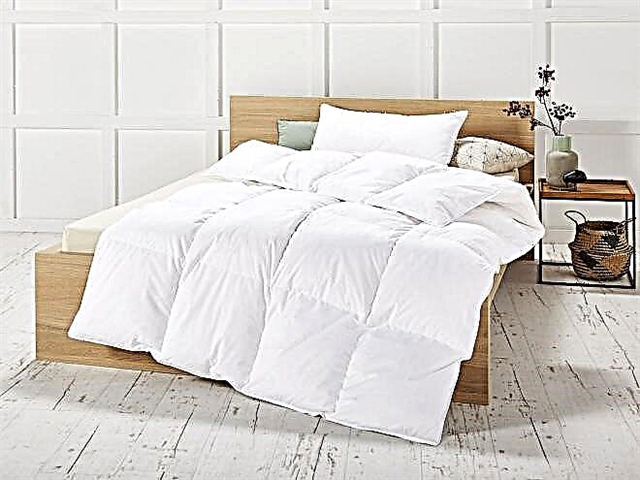
Do not underestimate the importance of correctly selected attributes for sleep, they create the right atmosphere, comfort, and therefore a healthier sleep. Take the choice responsibly, pick up a 1.5-bedroom blanket that is right for you and your body will thank you.
Standard sizes
One and a half bed blankets were not so named because they could hide one and a half people underneath. So they began to call him, because the average width of this blanket is one and a half meters. It is also called family, because it is suitable for a family bedding set with two single and double duvet covers. This option will appeal to couples who experience some discomfort during sleep under one large bedspread.
A separate one and a half bed blanket for each spouse will allow you not to wake up from the cold at night and settle down for bedtime as comfortable as possible, without interfering with each other.
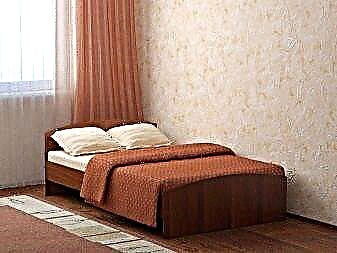
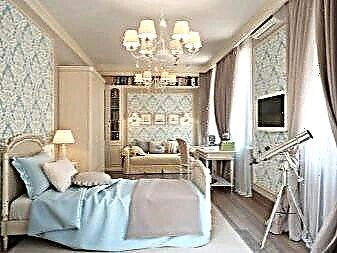
It would seem that from the name you can understand what the size of the “one and a half” is. However, today there is some classification of one and a half bedding:
- Euro-sized sleep items are the most common and are considered a standard among the "one and a half". Dimensions of such products are 155x215 cm. For this variety of blankets, it is easiest to choose a set of bed linen.
- In Soviet times, bedding had its own standards. Sizes of 140x205 cm were taken for one and a half blankets. Today, by such standards, production has a place to be, such dimensions will come in handy for narrow sleeping places so that the blanket does not hang on the floor.
- Models with parameters of 160x205 cm are not found on sale so often. Typically, such a modification is chosen as a children's option.
- Non-standard sizes of bedding can have dimensions 160x215 cm or 160x220 cm. Models with such parameters are quite rare, and bedding on such a blanket is not easy to find. Non-standard parameters will appeal to people of high growth, since models of ordinary sizes are not able to cover a tall person completely.
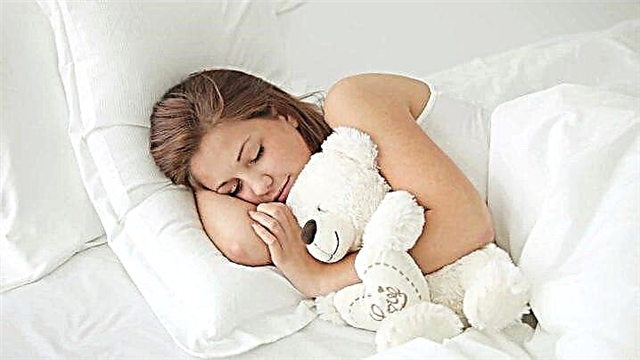
Materials
One-and-a-half, like other varieties of blankets, vary in composition. Based on individual characteristics and personal preferences, each person can choose the right filler for him. All existing fillers can be divided into materials of natural origin and synthetic fillers.
Natural
Natural fillers include:
- Wool - The most common material for making blankets. For the production of products of this category, camel and sheep wool, as well as undercoat or llama fluff, merino and cashmere mountain goats, are used. The pluses of woolen bedding include the ability to retain heat well and absorb excess moisture. All extraneous odors quickly erode from woolen blankets, the products are relatively light in weight and serve their masters for a long time with proper care. The disadvantages of wool products include the fact that they can be attacked by moths or dust mites.
A camel blanket is considered one of the warmest, and merino and sheep wool, in addition to thermal properties, also has healing properties.
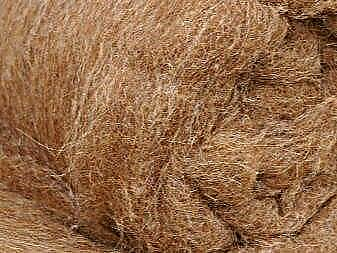
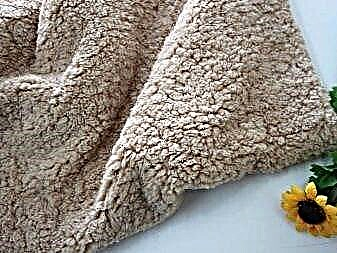
- Blankets with down filling considered the warmest. For stuffing down models, feathers and down of ducks and geese are used, sometimes loon fluff. Although products with down filling are quite voluminous, they have virtually no weight and pass air through themselves well. However, with excessive humidity, down comforters can damp quickly enough, and proper care will require the help of professionals.
In addition, downy products should not be chosen for people prone to allergies, since dust mites can start in them.
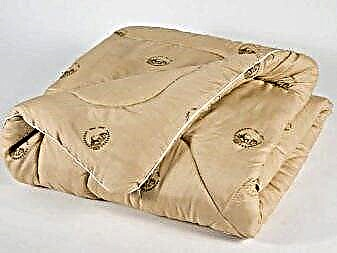
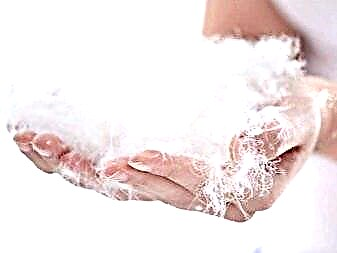
- Silk blankets can be attributed to premium products. The filler of such models is made from silkworm cocoons, which are processed using special technology. Due to this feature, silk-printed specimens are not susceptible to attack by ticks and other parasites. The amount of filler used determines whether a particular model is a winter or summer option.
Products with such a filler pass air well and maintain a comfortable temperature, they are suitable for allergy sufferers and will last a long time. However, caring for them is not so simple.

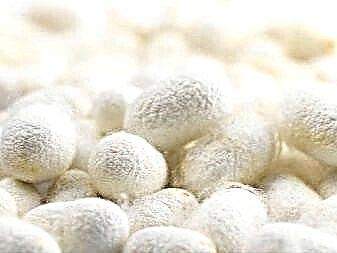
- Bamboo fiber began to be used in textile production not so long ago, but many of them have already become fond of products from them. Bamboo blankets are highly eco-friendly and very soft, perfectly breathable and absorb moisture. They do not cause allergies and even have antibacterial properties. The disadvantages of bamboo models include their high cost and short life, and they will not warm so much.
- Lyocell or Eucalyptus Cellulose Blankets distinguished by their strength, softness and lightness. Like many other natural fibers, eucalyptus has preventive properties and is not able to cause allergies. Models with eucalyptus filler help not to freeze in winter and not to sweat in summer, however, you will have to pay a considerable amount for comfort.
Artificial
Modern technologies make it possible to produce high-quality blankets made of artificial fibers that perfectly cope with their function.
The price for them is more affordable than for products made from natural fibers, they do not cause allergies and are not picky in care. Many artificial fillers are made of polyester fiber, so they have common properties:
- Sintepon blanket is the most budget option, because its quality is not up to par: during operation, it can lose its shape and volume.
- Polyester It is distinguished by its softness and pleasant tactile sensations, and its characteristics make matter similar to wool.
- Hollofiber is a great option for making blankets. Airiness and lightness is given to this material by the special structure of the fibers in the form of springs. It is also called artificial fluff.
- The best synthetic material for sewing blankets is considered tinsulate. In terms of properties, such products are comparable to downy ones, but the durability and ease of maintenance make Tinsulate favorite. The price of models with this material is above average.
- Silicone blankets do not absorb odors and remove moisture well. A soft and weightless structure will appeal to many, and ease of care and durability at a relatively low price attract buyers.

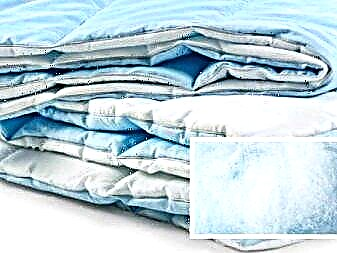
We select a duvet cover for a one and a half blanket
So that during operation of a half-sleeper blanket tucked into a duvet cover, there are no difficulties, you need to choose bedding of the correct size. A duvet cover should be chosen with a small margin. It is enough that 5 cm in length and width of free space remain in the filled form. This will further avoid knocking down the blankets on one side, and will also facilitate the process of changing bedding.
It should also be borne in mind that most duvet covers after washing can shrink. Buying high-quality bedding, you can not worry about it.
Typically, the manufacturer uses a non-shrink fabric or immediately takes into account the seam allowance, which will reduce the size of the duvet cover. If you have any doubts about the impeccable quality and integrity of the manufacturer, you should take the kit with a duvet cover 5 or 10 cm wider than the blanket. This value is taken into account, since the shared thread in the fabrics for bedding is located in width.
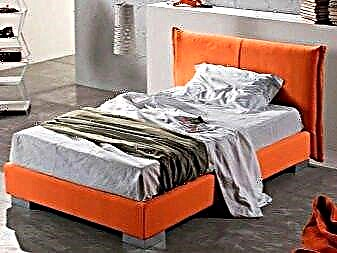
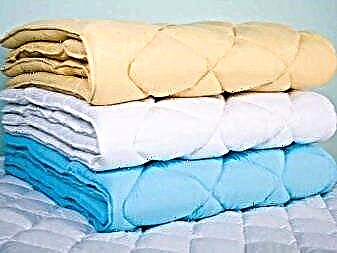
Selection tips
The modern bedding market offers a wide range of sleep accessories. First of all, people choose exactly what is convenient for them.
A few tips to help you decide on a purchase:
- When choosing combined models in which natural fluff is combined with artificial fibers, instances with a percentage of natural filler of 40 or more should be preferred.
- When buying blankets with down or silicone filling, you need to pay attention to the quality of tailoring. A product that is stitched with squares or small cassettes will be of better quality, and the filler in it will stray less.
- Quilts-clusters in which the pockets for the filler are staggered will appeal to particularly fastidious people. Shaking such a blanket, you can focus the filler in one place and insulate a separate part of the body, for example, legs.
- Products with a homogeneous filler in the form of natural or synthetic fibers are processed using a quilting machine. A quilted quilt will cost less than a product with hand-embroidered fantasy patterns.
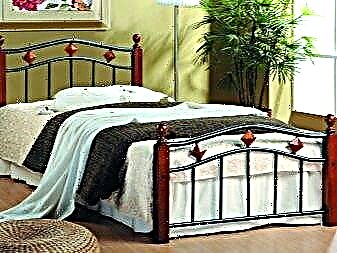
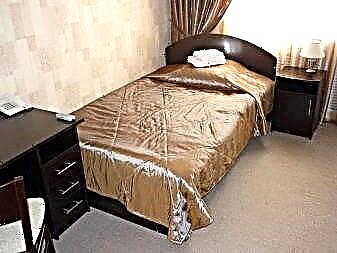
- In pursuit of a low price, textile manufacturers add synthetics to eucalyptus products. If this fact takes place, then the ratio of synthetics and natural fibers should be 50/50.
- A practical option for any time of the year will be a blanket-changeling. On the one hand, such models have fabric upholstery, and the other side is warmer and made of wool or even fur. It is convenient if the two parts are interconnected by buttons or zippers and can be used separately from each other.
- Before buying, you should decide what degree of warmth you need a blanket. Typically, the manufacturer indicates this information on the label, where 5 is a very warm blanket, and 1 is a summer version with a minimum amount of filler.
- Fabric for sewing a cover plays an important role. The best indicators of the strength and pleasantness of tactile contact are natural cotton materials, satin or teak covers. Luxury models may have a silk case. When using synthetic fillers, some manufacturers use polyester, which can be further treated by impregnation from dirt and bacteria.
You will learn more about the standard sizes of half-sized duvet and duvet covers from the following video.


